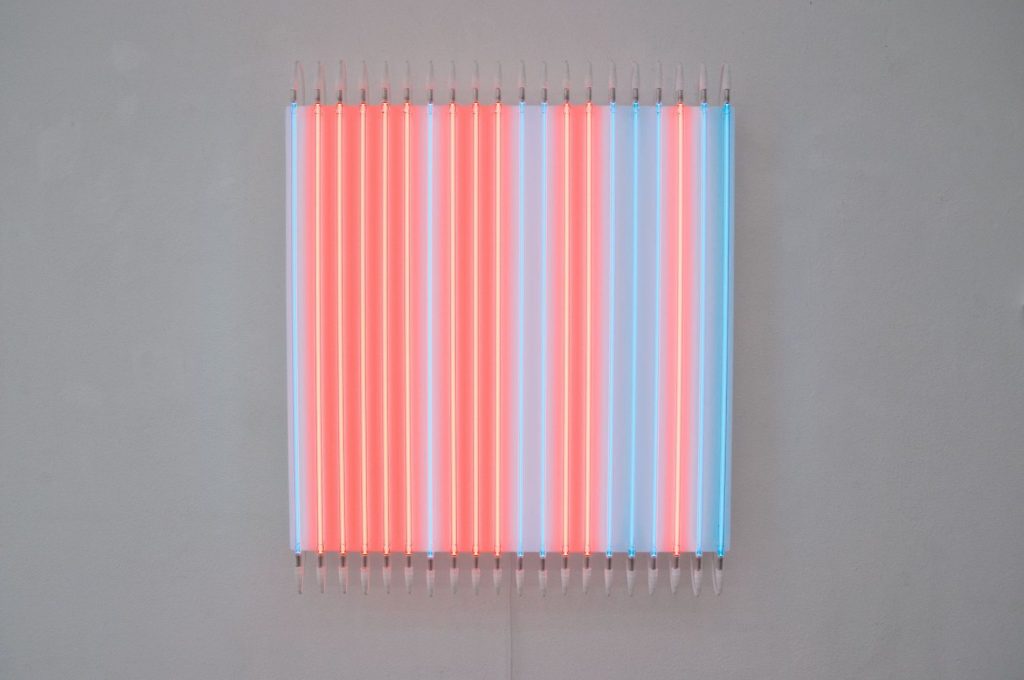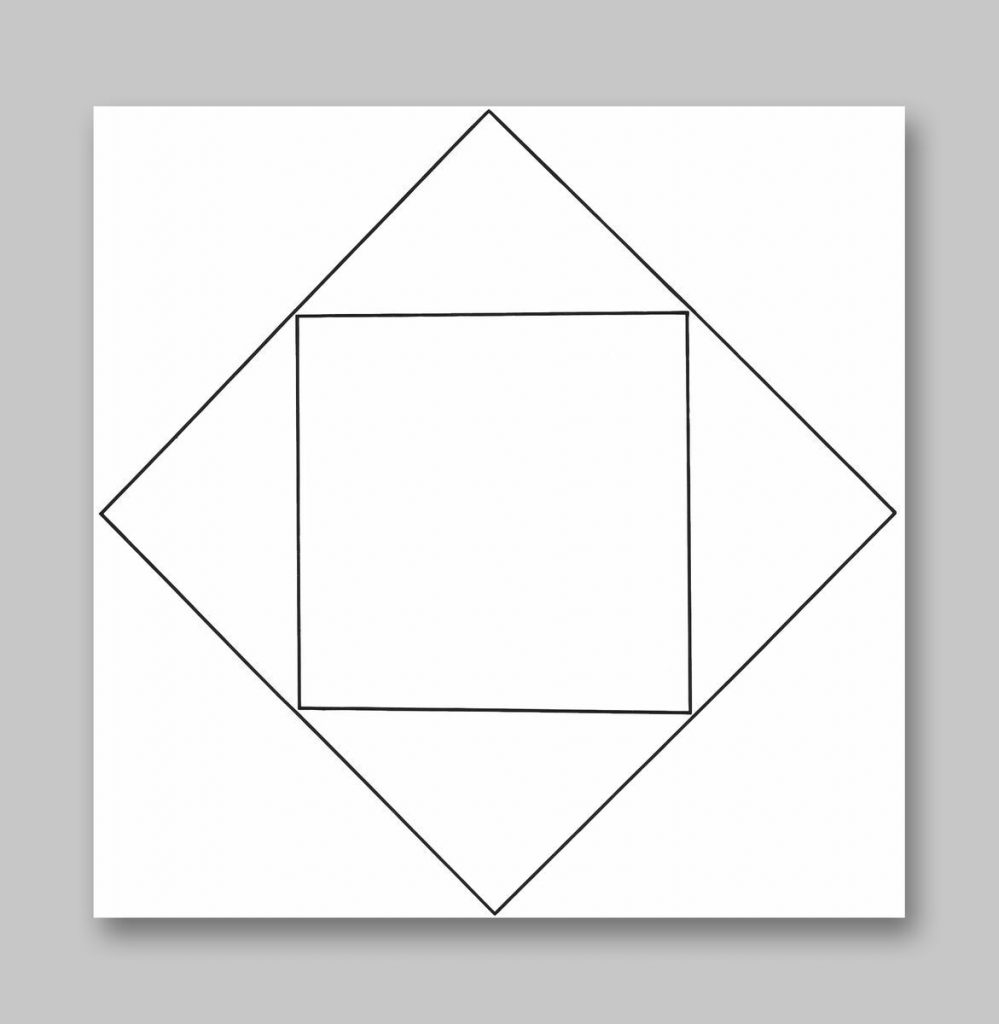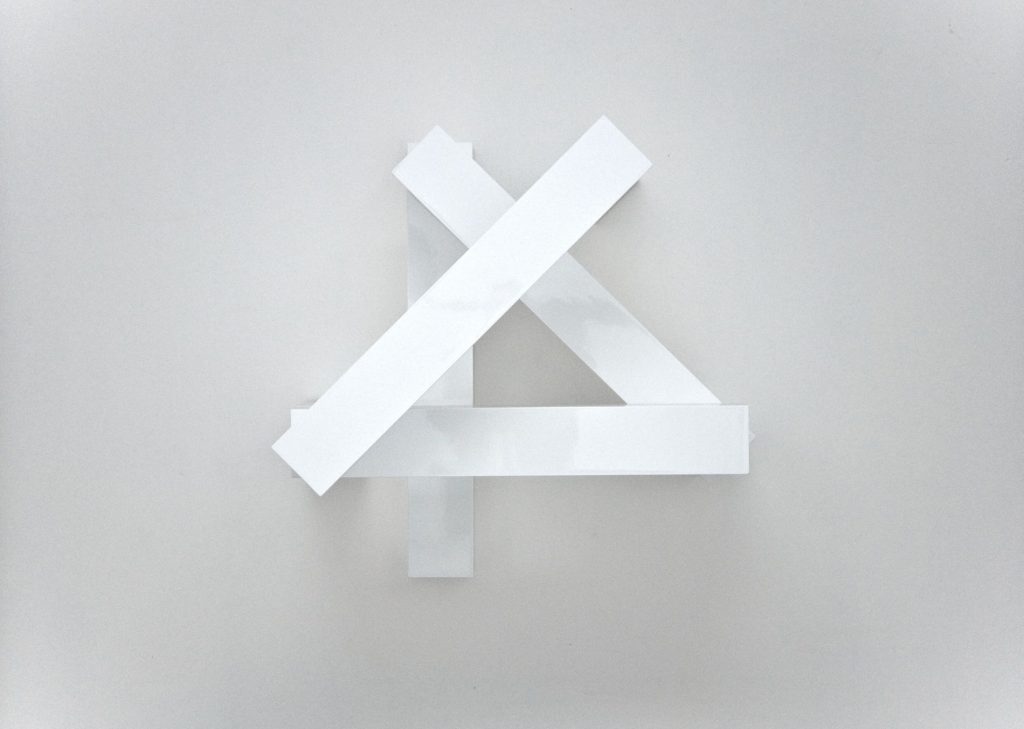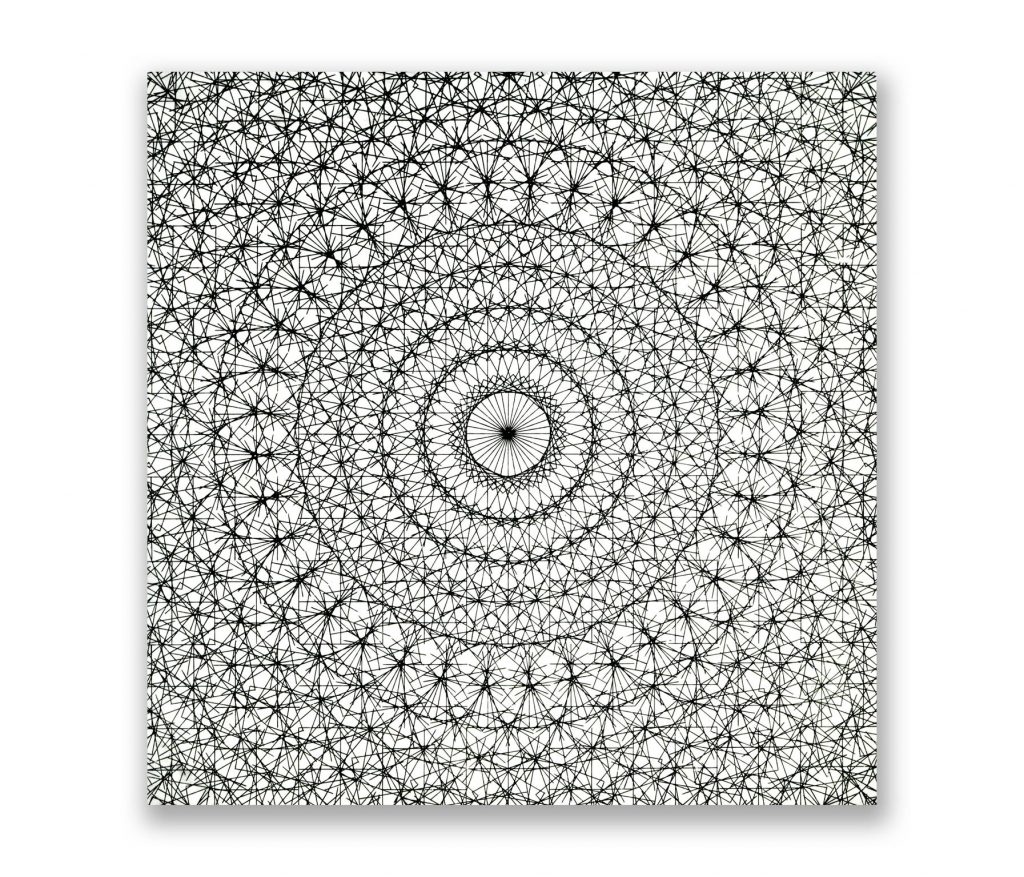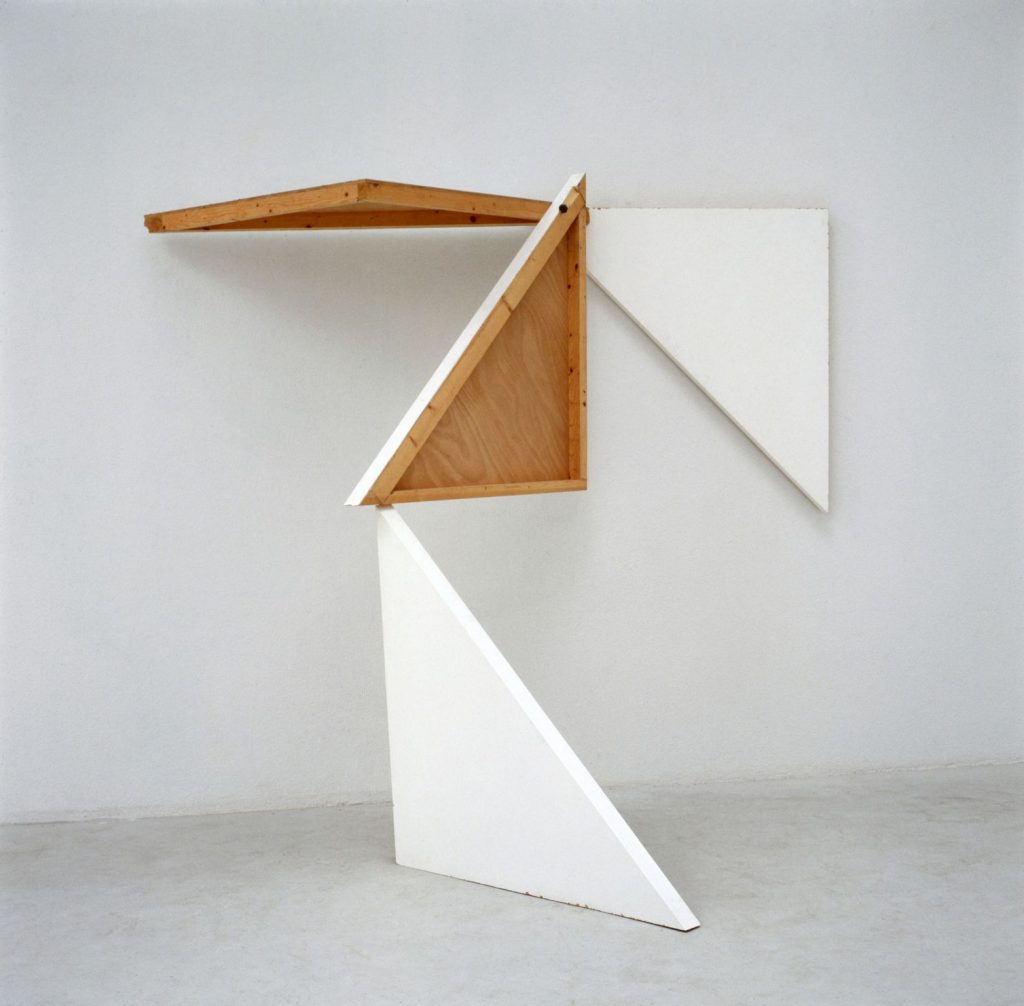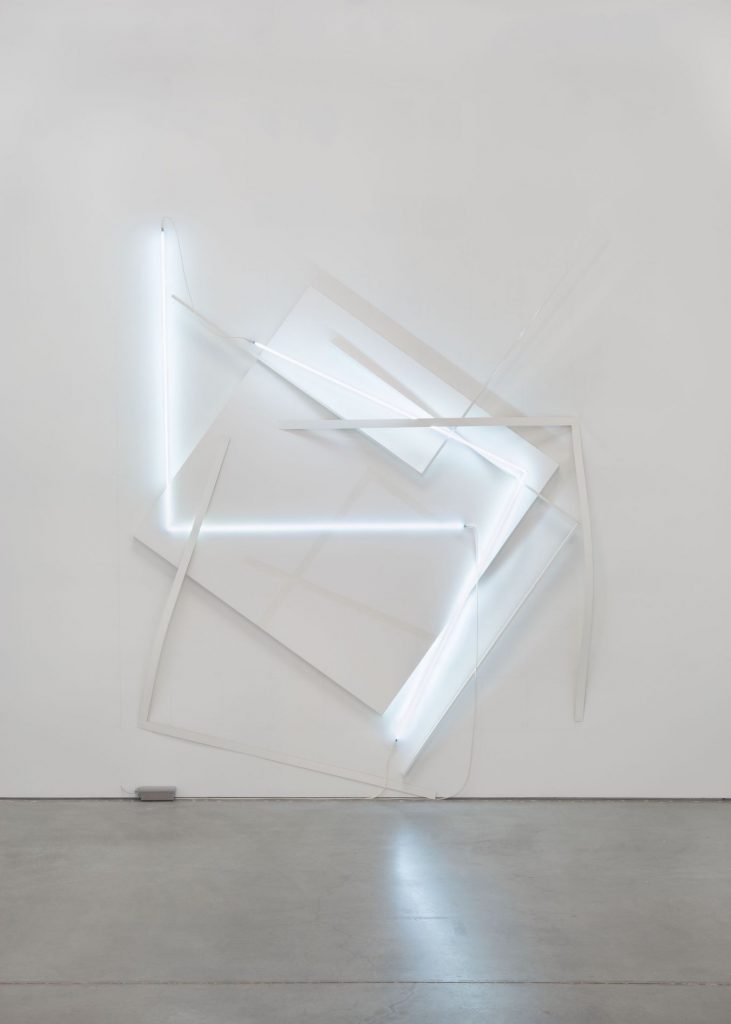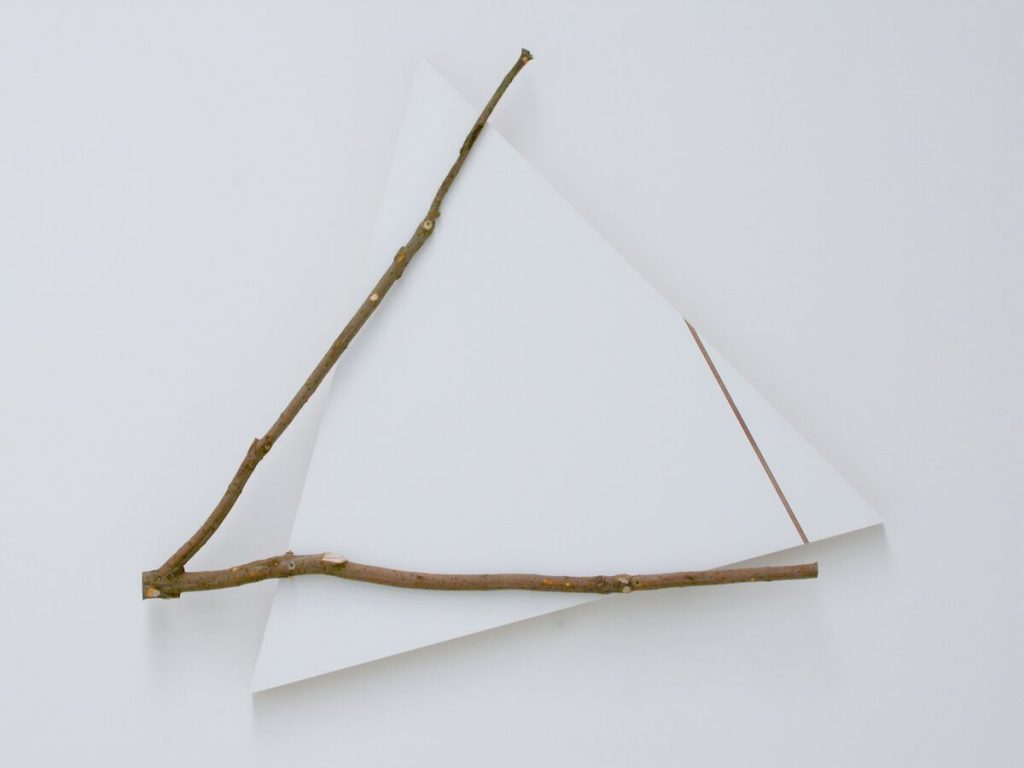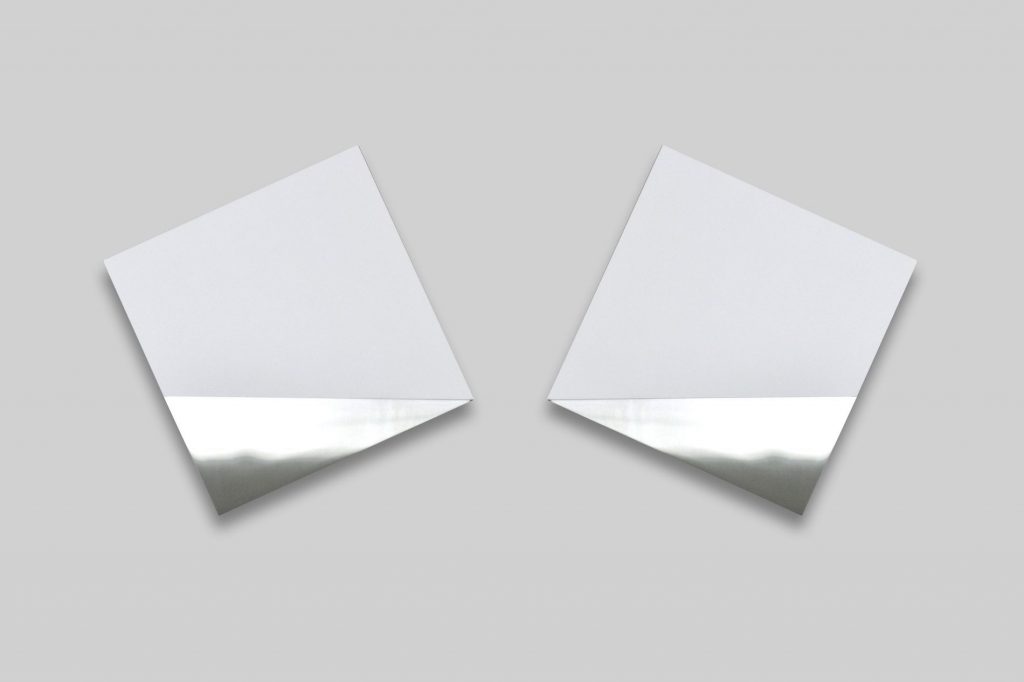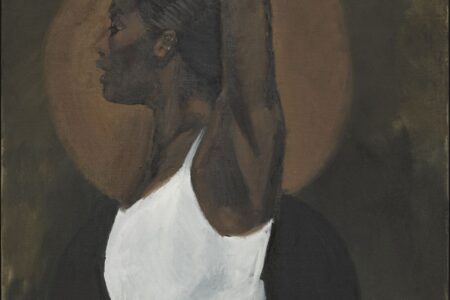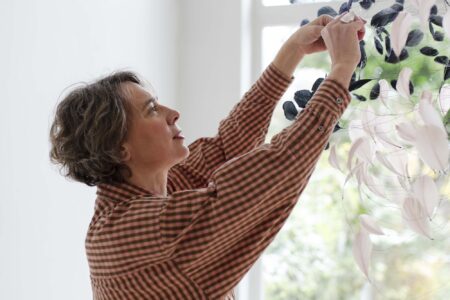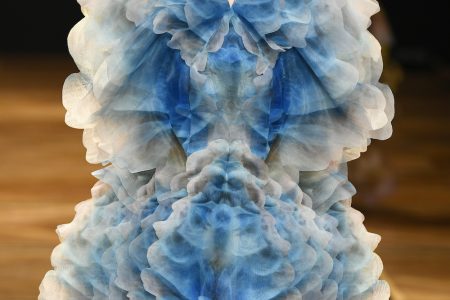François Morellet: In-Coherent
François Morellet, a prolific self-taught artist, developed a radical approach the artist’s inaugural exhibition with Hauser & Wirth, ‘François Morellet.
François Morellet (1926 – 2016), a prolific self-taught painter, sculptor, and installation artist, developed a radical approach to geometric abstraction during a career spanning more than six decades. The artist’s inaugural exhibition with Hauser & Wirth, ‘François Morellet. In-Coherent,’ will offer a glimpse of Morellet’s Francois Morellet, a prolific and multi-facetted oeuvre from 1953 – 2013, including some rarely seen key abstract geometric paintings from the 1950s and 1960s, a major wall installation from 1977, space installations and several neon works, a medium pioneered and continuously readdressed by the artist throughout his life. The exhibition makes plain Morellet’s lasting influence in art through his distinctive talent for bringing Dada-infused irreverence, irony, and joyful lightness to his aspiration of dismantling traditional hierarchies and embracing elements of randomness and chance within the framework of pre-established systems.
Organized with Olivier Renaud-Clément, ‘François Morellet. In-Coherent’ underscores the full breadth of the artist’s artistic explorations through a large array of mediums. The exhibition begins with works from the 1950s, a period during which Morellet turned from figurative and representational work to abstraction following an influential trip to Brazil in 1950. Inspired by his first encounters there with Concrete art and the work of Max Bill, he began creating works that followed simple systems and rules and eliminated as many arbitrary decisions as possible. On personal detachment, Morellet has said, ‘All my work is about doing as little as possible and making the fewest possible arbitrary decisions.’ His ‘Trames’ (Grids) paintings feature, for example, superimposed grids of perpendicular lines or networks of dashes rotated at various angles, as in ‘36 trames de tirets pivotées au centre’ (36 Grids of dashes rotated at the center) (1960). In works such as ‘Carrés et triangles rouges et bleus’ (Red and blue squares and triangles) (1953) and ‘Carré inscrit dans un carré’ (Square inscribed in a square) (1954), Morellet exploits the possibilities of simple geometry by creating a system of circumscribed squares which in turn form isosceles square triangles. These early works also expose Morellet’s intent to use descriptive titles containing the information necessary for the viewer to understand the rule behind the creation of the work.
Morellet eventually went beyond the confines of the picture plane and in the 1970s became interested in what he called ‘the outside of painting,’ focusing on three-dimensionality and introducing steel, iron, wire, mesh, and later wood into his work. Three space installations in the exhibition, each composed of a metal angle iron and two white canvases, exploit the simple rule of finding ways to connect two surfaces that are not situated in the same plane by the sole straight line shared by these surfaces. By exploring the possibilities of three- dimensionality, Morellet succeeds in creating a new train of thought: rather than drawing focus into the interior of the picture plane, he broadens his scope to include the spaces around, beneath, and above the painting.
In the 1980s Morellet explored relief paintings containing irregularly shaped elements, often natural material culled from outside. Morellet found it ‘wonderful that nature has finally started to imitate painting.’ In works such as ‘Géométree n° 69’ (1984), he incorporates chance and humor to the most cogent effect. The title ‘Géométree’ is a portmanteau combining two words that describe his work’s ingredients – geometry and a tree branch. Here, an arched tree branch that juts from the canvas dictates the shape and the curve of an intersecting line drawn in pencil, creating two larger intersecting circles that continue beyond the plane of the canvas. In another series entitled ‘Entre deux mers’ (2012-2013), Morellet plays with the possibilities of a richly layered pun; the name of a white wine from the Bordeaux region traditionally paired with oysters, the title ‘Entre deux mers’ (between two seas) also humorously refers in this series to the queasiness that comes from drinking too much wine, illustrated by the two tilted canvases composing each work in the series. Only the horizon line of the sea remains straight through the paired paintings, created by brushed stainless steel plates placed on the canvases.
All images: François Morellet © François Morellet/Artists Rights Society (ARS), NewYork/ADAGP, ParisCourtesy Estate Morellet
Cover image: Mask King Tape, 1985, © Studio Morellet/Artists RightsSociety(ARS), New York/ADAGP, Paris. Photo: FrançoisMorelle
